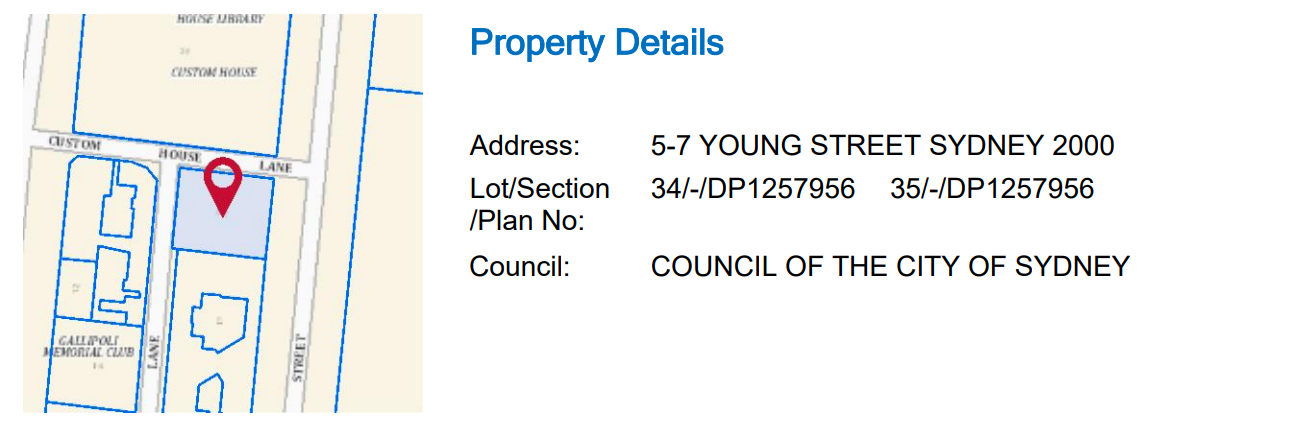
Properties, Parcels, Titles and Addresses. What’s The Difference?
Properties, parcels, titles, addresses. These terms can sometimes be used interchangeably, but are they the same thing?
And if not, what’s the difference? Let’s discuss it here.
Parcel
A “Parcel” refers to a specific portion or subdivision of land within a larger property.
It is a defined area of land with distinct boundaries and can have its own unique identification number. Parcels are often used for administrative or legal purposes, such as land registration.
A parcel can sometimes be referred to a Lot and Plan, which describes the identification number components in some states (e.g. NSW).
A property can have more than one parcel associated with it, e.g. a farm may be made up of several parcels but when it is sold, a parcels are included in the transfer.
Volume Folio
The “Volume Folio” or “Title Reference” is a unique identifier assigned to a property title in the Australian land registration system. It represents the registered ownership and legal description of a property.
The Volume refers to the specific book or register where the title is recorded, while the Folio refers to the page or entry within that volume. The Title Reference is commonly used in land transactions and legal documentation to accurately identify a property.
Address
An “Address” refers to the specific location or postal address of a property. It includes elements such as the street number, street name, suburb, state, and postcode.
The address is used for communication, mail delivery, and identification of a property’s location.
In Australia, addresses are often structured in a standardised format to ensure consistency and facilitate efficient mail handling. A property can have more than one address associated with it, e.g. corner blocks and back lanes.
Property
A “Property” can be many things depending on the context of the data. Some State Governments will provide an identifier for a property, which relates generally to land which can be bought and sold.
In this context, a Property can have one or more Parcels and usually one or more addresses and be recorded on a Volume Folio.
Read our blog What is a Property to gain a greater understanding of why it is difficult to define a “Property”.
Can a parcel appear on more than one volume folio?
No, a parcel typically cannot appear on more than one Volume Folio in the Australian land registration system. A parcel of land is usually associated with a specific Volume Folio, which represents the registered ownership and legal description of that particular property.
Are addresses unique?
In theory, yes, addresses are unique.
However, in reality, no.
Addresses are generally unique, but there are always exceptions. The origin of the address data will influence whether addresses are unique.
A few examples where address uniqueness can pose an issue:
- Unit addresses, where identifying information like unit numbers have been left off.
- Rural addresses, where a property does not have a frontage to a public road.
- Multi-building complexes, where the same unit number appears in multiple buildings and the building names are omitted.
To delve further into this topic, reference our handy article on Useful Websites for Australian Properties, Parcels and Addresses for links to websites to research parcels, volumes and folios, addresses and properties.

